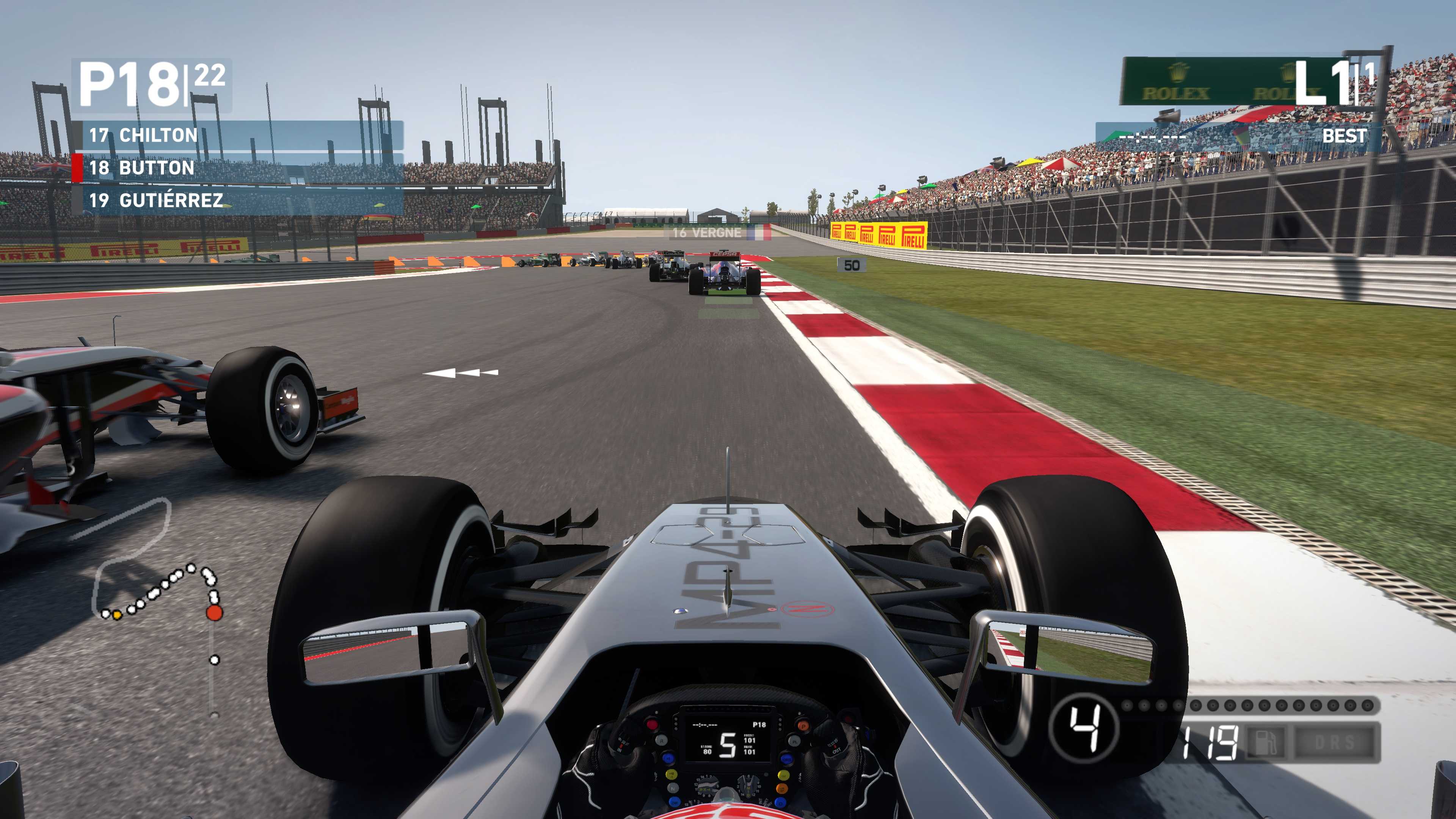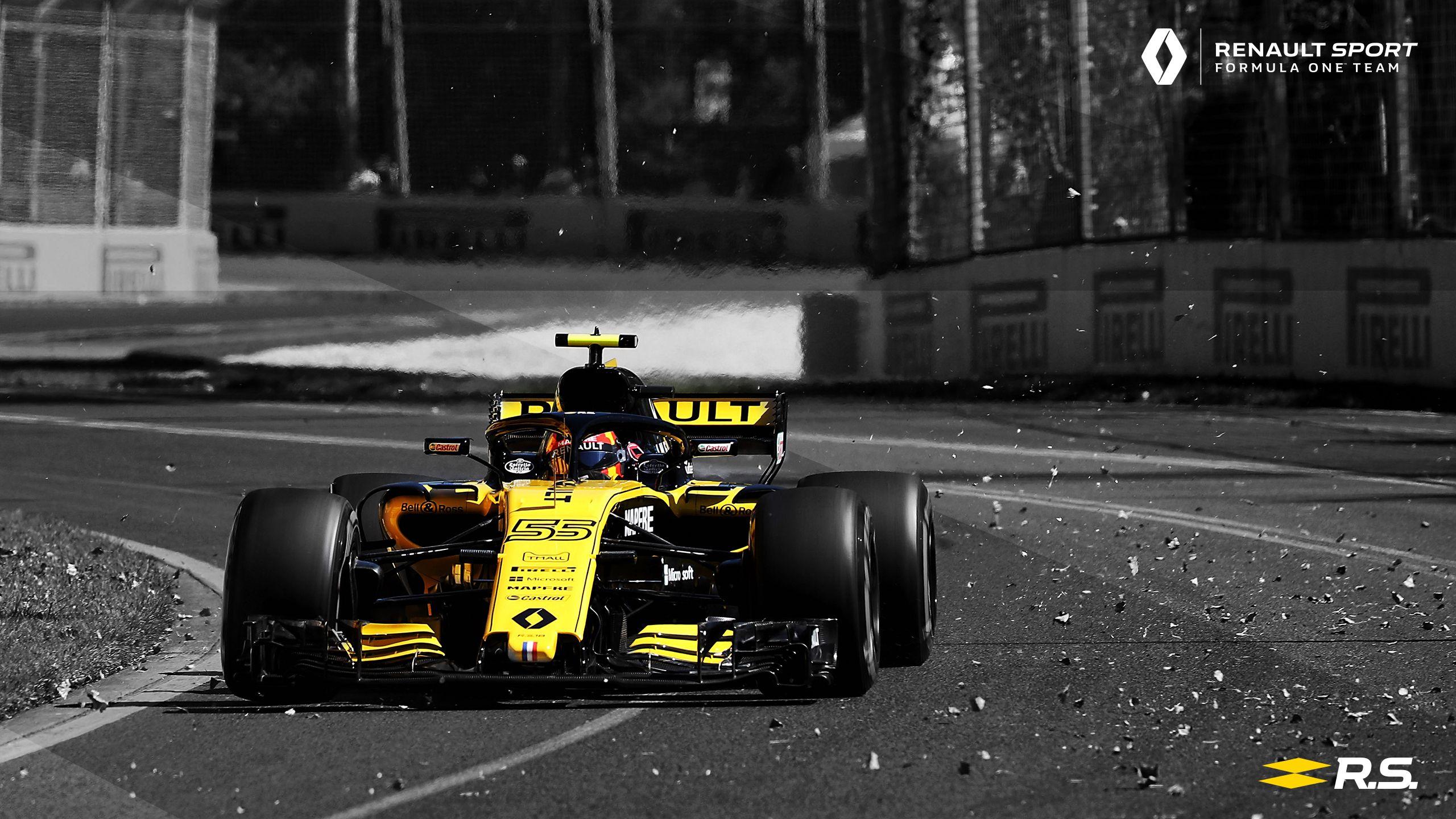

While swapping a Mercedes engine for a Renault (late) is clearly a step down, the comparison to the 'TAG Heuer'-powered Red Bull showed just how far away the 2016 works team was.įor Renault, the late acquisition of Lotus meant that 2016 was always going to be a season spent getting the house in order, rather than one spent fighting for podiums. The car was brutally underdeveloped – and from trackside it was by far the most uncomfortable chassis to watch. Renault was a fantastic example of how important two things are in Formula 1: having the right engine, and getting enough preparation time for a new season. But there were some encouraging signs as team did improve during the campaign. The deal was done very late, and this year was labelled as a transition year for a good reason.

There probably weren't many people disappointed with Renault's results this year, as nobody probably expected anything from the team after such a tough period. Next year should deliver the first proper indication of the true impact Renault is having. While progress at Enstone was immense, as new facilities, new staff and new equipment was evidence of change coming, the progress did not manifest itself on track as there was little point in throwing resources at this year's car with 2017 on the horizon. Renault knew it was going to take some time to turn its takeover of the Lotus team into solid results, but its struggles during 2016 were probably more than even it expected. Renault R.S.16 rear bodywork, captioned, Italian GP


 0 kommentar(er)
0 kommentar(er)
